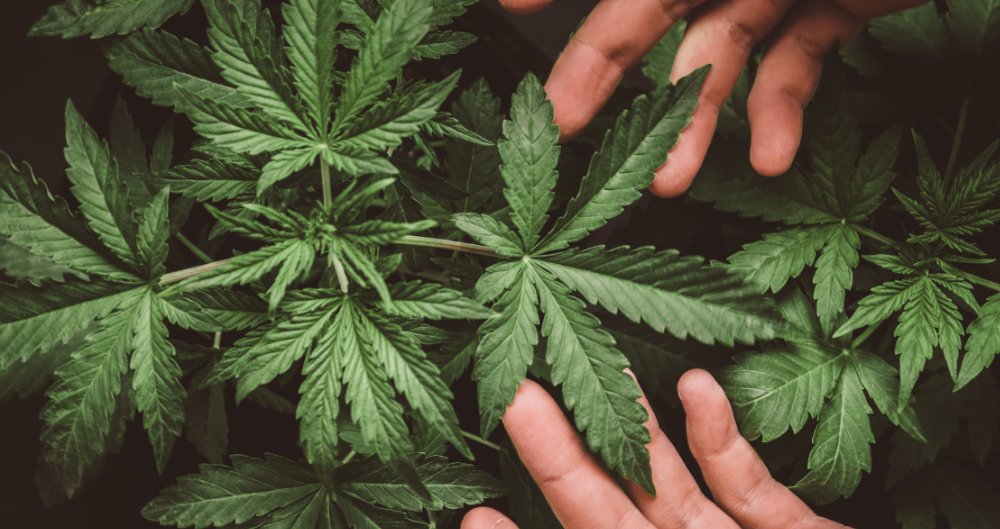
We’ve shown time and time again that cannabis is not only safe but truly healthy for the human mind and body. As marijuana becomes more readily available, more researchers are finding that the drug offers wondrous benefits to the nervous system, the cardiovascular system, the digestive system, the reproductive system and more. Yet, many beginner cannabis users interested in capitalizing on the health aspect of marijuana might wonder: What is the safest way to use the drug?
Edibles
Edibles are among the best-known methods of using cannabis, and they are also some of the oldest. Humans have been cooking marijuana into food and drinks since the Stone Age as heating up resinous buds and flowers inside delectable treats is an excellent way to activate the drug’s cannabinoids and mask its sometimes-unfavorable flavor and aroma. Some of the oldest known edibles are mahjoun, which are like hash-filled date energy balls, and bhang, a hash beverage still used for spiritual ceremonies in India.
These days, edibles come in all forms. Users can visit any Oregon marijuana dispensary and find cannabis gummies, chocolates, cookies, peanut butter, coffee, mayonnaise, frozen pizza and more. Users can also make their own edibles using bud or infused oils and recipes found online. Ultimately, users can procure edibles to suit their own, unique taste preferences.
Edibles aren’t a terribly efficient way to dose with marijuana because cannabinoids must make their way through the GI tract and be absorbed by the digestive system before they can take effect. As a result, some users make the mistake of ingesting too much of an edible, resulting in an overdose that makes for a bad weed experience. However, edibles do tend to extend the effects of cannabinoids longer than other consumption methods, which can be useful.
Capsules
Though capsules feel more medical, with pre-measured doses of cannabis contained in a sterile package. However, capsules function identically to edibles: They must pass through the digestive system before they are absorbed into the blood stream, creating a considerable delay between first use and first experience of effects. Also like edibles, capsules tend to extend the effects of the drug for a longer period of time.
Capsules are a convenient alternative to edibles for users who aren’t interested in the flavor and calories of weed-infused food and drink. Plus, because they are packaged into neat doses, they alleviate much of the guessing that comes with edibles, ensuring users get a predictable amount of cannabinoids when they want or need it.
Tinctures
Cannabis tinctures, which are oils or alcohols with concentrated THC and CBD content, were popular in Western civilization throughout the 19th century, long before psychoactive marijuana was made illegal. Tinctures are fast and powerful when administered sublingually, or under the tongue, where cannabinoids can rapidly enter the arterial system. However, users can also administer tinctures topically or mix them into food, like tea or honey, if the flavor of the tincture is not palatable.
Using tinctures is perhaps the most efficient way to dose with cannabinoids because users require relatively little and immediately experience the effects. Despite the high cannabinoid concentration of tinctures, the likelihood of overdosing with a tincture is low because users are rarely tempted to administer more once they begin feeling the tincture working. Thus, tinctures are easily one of the safest methods of using weed, especially for medical users who need to dose regularly.
Topicals
Topicals are weed-infused balms, lotions, salves and creams, which users apply to their skin. Unlike every other method on this list, topicals cannot get users high; only a small amount of cannabinoids are absorbed, and even then effects tend to be localized to skin and nerve bundles in the region of application. As a result, topicals are best for pain relief and skin care as opposed to recreational use. Yet, because the risk of overdosing with them is absolute zero, topicals are safe and healthy, albeit limited in scope.
A Note on Inhalations
The most common methods of using marijuana, smoking and vaping, are notably absent from this list — and for good reason. Particulate matter of any kind is not kind to the delicate tissues of the airways and lungs; though marijuana is not nearly as caustic as tobacco, it can slowly degrade lung health over time. The same is true for vape pens. In fact, a flood of cases of popcorn lung have been attributed to cannabis vapes because low-quality weed vape oils tend to use dangerous additives for thinning and flavoring.
Inhaling cannabis isn’t unhealthy or unsafe, but users should always prioritize purchasing high-quality products that aren’t at risk for containing hazardous ingredients. Then, by balancing inhalations with other methods that have no ill-effects, users should be able to maintain a healthy and efficient cannabis hobby.